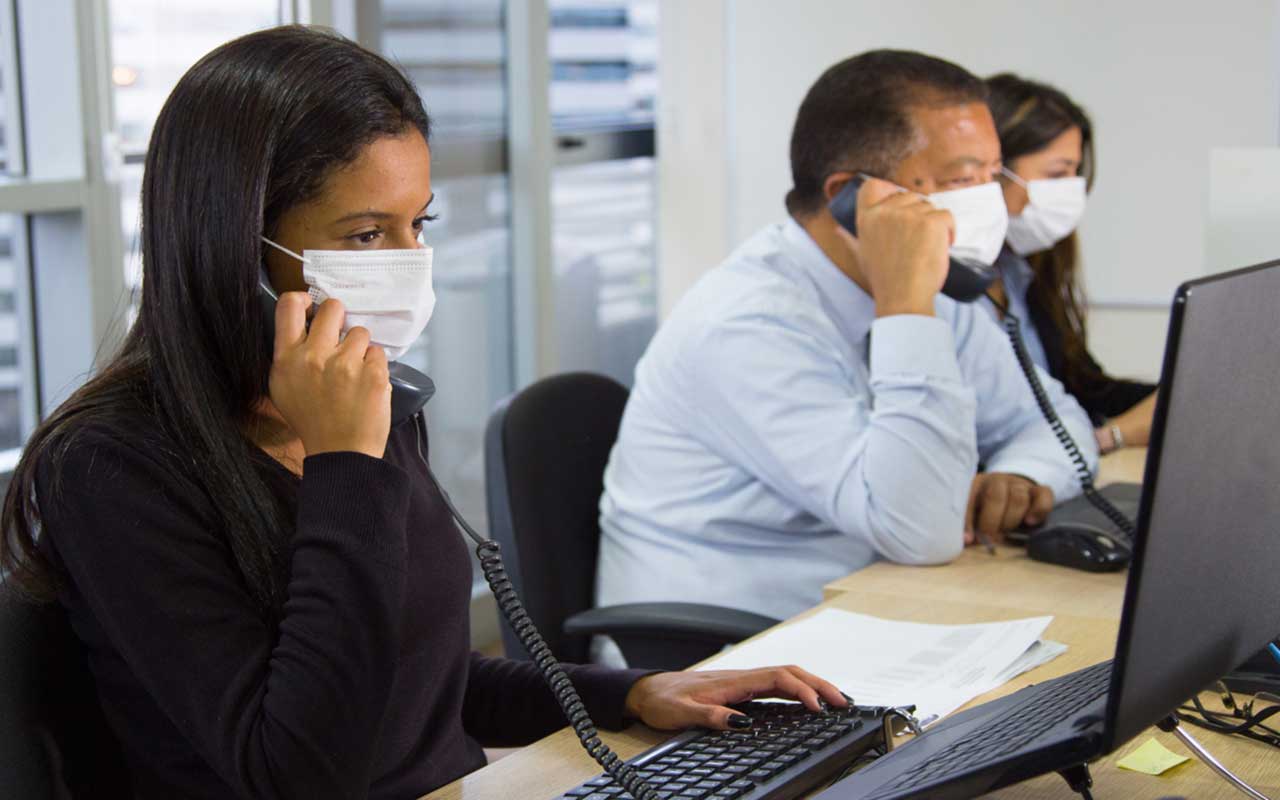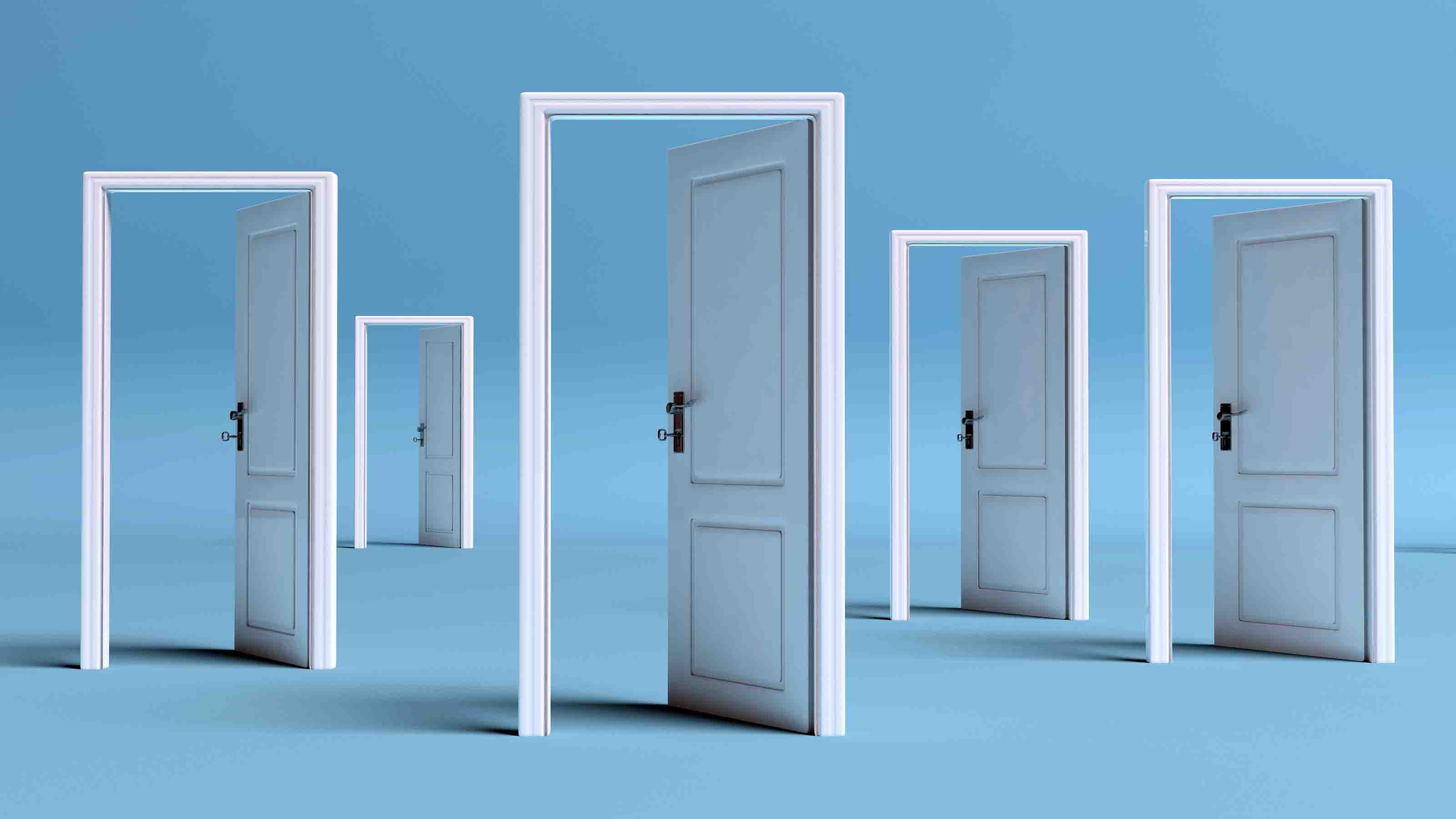Tax Credits Included in Coronavirus Paid Leave Law
The Families First Coronavirus Response Act creates tax credits to help employers required to provide sick and family leave benefits and self-employed people who can't work because of the coronavirus.


A critical part of coronavirus (COVID-19) mitigation plans is making sure sick people stay home. But workers who are afraid of missing a paycheck might not take off work if they are ill. So, to alleviate that fear, the Families First Coronavirus Response Act, which President Trump signed on March 18, 2020, forces many employers to provide paid sick and family leave for workers affected by the virus. However, to shift most of the financial burden for paid leave off the employer's back, tax credits are also available to reimburse employers for some of the cost. Self-employed people who can't work because of the coronavirus get tax credits, too.
The new law does not include a payroll tax cut, stimulus checks, or other tax relief provisions. However, Congress and the Trump administration are already working on another coronavirus stimulus bill that could include additional tax law changes. We'll be keeping a close eye on any subsequent legislation or other coronavirus-related tax news. So, stay tuned and check back frequently for more information. For now, though, here are the basics on the paid leave benefits and related tax credits found in the new law.
Paid Leave Benefits
The Families First Coronavirus Response Act requires private employers with fewer than 500 workers and all public employers to provide paid sick leave to employees affected by the coronavirus (exceptions for health care providers, emergency responders and certain small businesses are allowed). Full-time workers get up to 80 hours of sick leave, while part-time workers get sick leave for the average number of hours they work over a two-week period. A worker is only able to take paid leave if he or she is:

Sign up for Kiplinger’s Free E-Newsletters
Profit and prosper with the best of expert advice on investing, taxes, retirement, personal finance and more - straight to your e-mail.
Profit and prosper with the best of expert advice - straight to your e-mail.
- Subject to a federal, state or local coronavirus quarantine or isolation order;
- Advised by a health care provider to self-quarantine due to coronavirus concerns;
- Experiencing coronavirus symptoms and seeking a medical diagnosis;
- Caring for someone else who is subject to a coronavirus-related federal, state or local quarantine or isolation order, or who has been advised by a health care provider to self-quarantine due to coronavirus-related concerns;
- Caring for a son or daughter if the child's school or daycare has been closed, or the child's care provider is unavailable, due to coronavirus precautions; or
- Experiencing any other substantially similar condition specified by the Secretary of Health and Human Services.
Workers who are sick or quarantined get full pay while on coronavirus leave, up to $511 per day ($5,110 in total). Workers caring for another person or on leave because of an HHS-specified condition get two-thirds of their normal pay while on leave, up to $200 per day ($2,000 in total).
The new law also extends the existing Family and Medical Leave Act (FMLA) to cover a worker's absence (including an inability to telework) to care for a minor son or daughter if the child's school or daycare has been closed, or the child's care provider is unavailable, because of the coronavirus.
Workers receive two-thirds of their regular salary while on coronavirus-related FMLA leave, but compensation is capped at $200 per day and $10,000 in total. However, this leave does not kick in until after 10 days. (During that time, workers are presumably able to take sick leave as described above.)
The expanded FMLA provisions apply to employers with fewer than 500 employees, but not to certain health care providers and emergency responders. Exemptions are also available for small businesses with fewer than 50 employees if the new requirements jeopardize the business's viability.
Any wages paid as coronavirus sick or family leave aren't subject to Social Security (or Railroad Retirement) payroll taxes paid by employers.
Tax Credits for Employers
While employers initially have to foot the bill for the new sick and family leave benefits, at least some of the costs are paid back through refundable tax credits against the 6.2% Social Security (or Railroad Retirement) payroll tax imposed on employers. The credits are, however, subject to certain restrictions and limitations.
For the new sick leave benefits, the credit is limited to $511 per day for workers taking leave because they are sick or quarantined. The limit is $200 per day for workers taking leave to care for another person or on leave because of an HHS-specified condition. The credit is further reduced by a 10-sick-days-per-worker limit.
For the expanded FMLA benefits, the credit is limited to $200 per day, per employee. The credit also can't exceed $10,000 in total for any worker.
Employers are also given additional payroll tax credits for group health plan costs for, and the 1.45% Medicare payroll tax on wages paid to, workers on coronavirus sick or family leave.
Tax Credits for Self-Employed
Self-employed people are not left out in the cold. They receive refundable tax credits against the self-employment tax that are similar to those allowed for employers.
The sick leave credit is based on a self-employed person's "qualified sick leave equivalent amount." That amount is equal to (1) up to 10 days during the year that the person can't work for a reason that would entitle them to coronavirus-related sick leave if he or she were an employee, (2) multiplied by the lesser of:
- $511 per day for people who are sick or quarantined, or $200 per day for people caring for another person or on leave because of an HHS-specified condition; or
- 100% of a sick or quarantined person's average daily self-employment income for the year, or 67% of the average daily self-employment income for a person caring for another person or on leave because of an HHS-specified condition.
A self-employment tax credit is also be available for 100% of a person's "qualified family leave equivalent amount." That amount is equal to (1) up to 50 days during the year that the person can't work for a reason that would entitle them to coronavirus-related family leave if he or she were an employee, (2) multiplied by the lesser of:
- $200; or
- 67% of the person's average daily self-employment income for the year.
Get Kiplinger Today newsletter — free
Profit and prosper with the best of Kiplinger's advice on investing, taxes, retirement, personal finance and much more. Delivered daily. Enter your email in the box and click Sign Me Up.
Rocky Mengle was a Senior Tax Editor for Kiplinger from October 2018 to January 2023 with more than 20 years of experience covering federal and state tax developments. Before coming to Kiplinger, Rocky worked for Wolters Kluwer Tax & Accounting, and Kleinrock Publishing, where he provided breaking news and guidance for CPAs, tax attorneys, and other tax professionals. He has also been quoted as an expert by USA Today, Forbes, U.S. News & World Report, Reuters, Accounting Today, and other media outlets. Rocky holds a law degree from the University of Connecticut and a B.A. in History from Salisbury University.
-
 Top Five Tips From Current Retirees to Future Generations
Top Five Tips From Current Retirees to Future Generations"Plastics" is no longer the wisdom passed down to the young, as in "The Graduate." These days, retirees are giving much better advice.
By Christy Bieber
-
 Three Simple Ways to Live Greener This Earth Day
Three Simple Ways to Live Greener This Earth DayEasy upgrades that help you live greener, reduce waste and reconnect with the planet.
By Choncé Maddox
-
 Which Generation Pays the Most Tax in the US?
Which Generation Pays the Most Tax in the US?Tax Burden Polls show that most people feel like taxes are unfair. But which age group bears the brunt of the tax burden in the United States?
By Kelley R. Taylor
-
 Here’s How the Trump Harvard IRS Tax Threat Could Impact You
Here’s How the Trump Harvard IRS Tax Threat Could Impact YouTax Law Trump's latest higher education showdown raises fundamental questions that could reach beyond nonprofit tax status.
By Kelley R. Taylor
-
 Tax Day 2025: Don’t Miss These Freebies, Food Deals and Discounts
Tax Day 2025: Don’t Miss These Freebies, Food Deals and DiscountsTax Day You can score some sweet deals on April 15 in some select restaurants like Burger King, Shake Shack, and more.
By Gabriella Cruz-Martínez
-
 Tax Time: Does Your Kid Influencer Owe Taxes?
Tax Time: Does Your Kid Influencer Owe Taxes?State Tax Some minors are making big money on social media. Here’s how to know if they need to file taxes.
By Gabriella Cruz-Martínez
-
 Ask the Editor: Reader Questions — IRAs, RMDs and PTPs.
Ask the Editor: Reader Questions — IRAs, RMDs and PTPs.Ask the Editor: Taxes, April 11, 2025 — Joy Taylor, The Kiplinger Tax Letter Editor, answers questions on Roth IRAs, RMDs and other retirement accounts.
By Joy Taylor
-
 Trump Plans to Terminate IRS Direct File program
Trump Plans to Terminate IRS Direct File programTax Filing Direct File was piloted last year in 12 states and has since expanded to 25. But some wonder whether the program will last under the Trump administration.
By Gabriella Cruz-Martínez
-
 Are You Ready to Pay More Taxes to Save Social Security?
Are You Ready to Pay More Taxes to Save Social Security?Social Security Across party lines, many believe saving Social Security trumps other financial considerations.
By Kelley R. Taylor
-
 Ask the Editor: Readers' Tax Questions, April 4, 2025
Ask the Editor: Readers' Tax Questions, April 4, 2025Ask the Editor: Taxes, April 4, 2025 — Joy Taylor, The Kiplinger Tax Letter Editor, answers questions on Trump's tax bill, estate tax and Muni bonds.
By Joy Taylor